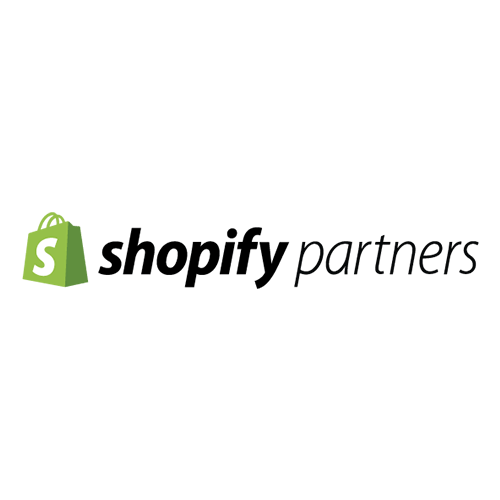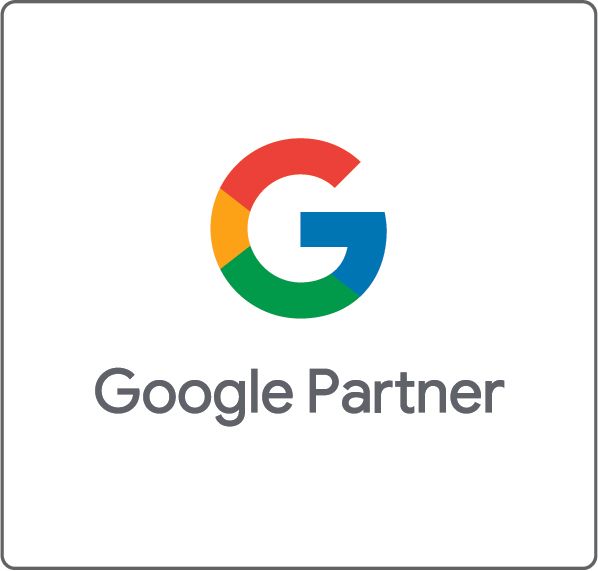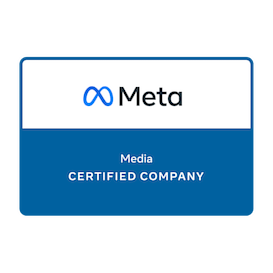Podcast Advertising for Brand Awareness
Podcast Popularity
According to the New York Times , in 2018 approximately one in four people listened to podcasts. In 2019, it is estimated that that number has increased to 1 out of 3 people. Edison and Triton also stated the podcast industry is growing, listening saw a 32% increase this year. Most of this new podcast interest was generated among college-age students and young professionals.
Podcasts are a growing media outlet that provide a new advertising opportunity marketers should be aware of. They can be a highly effective marketing tool when implemented into marketing plans with the correct objectives in mind.
“Hey Alexa, Play the Next Episode.”
Mobile devices are currently the most popular device podcast listeners choose. The expansion of Alexa, Amazon Echo and Google Home smart speakers are anticipated to fuel podcast growth even further. According to Nielsen, researchers have seen a 157% increase in podcast listening on mobile devices.
The user experience is important when designing your podcast advertising campaign (mobile-first experience applies to podcasts too!). This means that users might not be in a position to take immediate action when hearing your campaign, but because the listener is engaged and your advertising is relevant to the podcast content, podcast advertising is a great option for increasing brand awareness.
Advertising Options
Pre-Roll
Pre-roll ads are played in the beginning of a podcast, before the podcast content actually begins. Pre-roll ads are usually the second most expensive type of podcast ad, after mid-roll.
Mid-Roll
Mid-roll ads are played throughout designated commercial breaks during the podcast episode. These ads are usually the most expensive because they are the most difficult to skip.
Post-Roll
Post-roll ads are at the end of a podcast. These ads are usually the least expensive because there can be some drop-off of listeners before the end of the show.
Recorded read
Recorded read spots consist of a :30s or :60s script read by the host. Recorded read spots are inserted into the podcast during the appropriate commercial breaks. These are most effective when a brand is seeking to achieve a specific outcome or communicate a very specific message as they leave little wiggle room for the host to improvise. Recorded read spots provide a heightened sense of brand safety , however, they sacrifice a native feel.
Live read
Live read spots offer the show’s host more creativity with the ad message. The host can integrate the message with a personal story or testimonial, which makes the ad feel more like a part of the actual podcast. The host of a successful podcast show will know their audience and what works (or doesn’t work) the best. Offering the creativity to have an ad align with the audience can provide a more successful advertising campaign and ROI. That’s not to say that live read spots don’t come with their own risks. If a host tends to go off topic or there is a question about brand integrity, it might be a better idea to provide them with a script.
Measuring Your Results
Trackable Links/URLs.
Trackable Links are a way to measure how much traffic was sent to your website from the advertisement.
Coupon/Promo Codes.
Coupon or promo codes can be a great way to get an idea of how many listeners became customers after hearing an ad. The coupon code also provides the customer with an incentive to act.
Remember, because users may not take immediate action, brand awareness is a great objective for podcast marketing. The 5 metrics stated by Nielsen that are relevant for podcast advertising are:
-
Awareness
-
Ad Recall
-
Affinity
-
Recommendation
-
Purchase Intent
Consider…
Podcast Relevance
There are thousands of podcasts available. The market currently has a relatively low barrier to entry (think early days of YouTube). This means there are podcasts for nearly every topic imaginable. When implementing podcast advertising, consider your target market and select podcasts that are relevant to your audience in order to maximize your ROAS.
Brand Safety
It’s no secret that some Instagram influencers or YouTube stars have gone rogue and lost brand partnerships as a result (you probably don’t need to be reminded about the Logan Paul incident, but here’s a link just in case: Logan Paul Controversy ). This is something to consider when working with podcasters, as there is still a human element to podcast shows. Selecting a scripted, pre-recorded ad can eliminate the risk of a podcast show host going off-script about your brand, but your brand safety cannot be protected entirely. With that said, podcast advertising is not something that should be avoided. Keep your audience in mind when selecting a show and host to work with and review their past advertising experiences. Does the host tend to go off script or do they work the ads into the show in a meaningful and effective way? Does the show work with several other advertisers or do they not have a track record at all? These are all things to consider when beginning your podcast marketing plan.
The Popularity of the Podcaster
Because of the low barriers to entry, many podcasters begin and then disappear shortly after. When researching podcasts for potential sponsorships, be sure to look at how long the show has been around, the host’s online presence and how many listeners the show has.
Some podcasters have been known to manipulate their metrics in hopes of landing more sponsorships, so working with an established agency is another route ( AdvertiseCast and MidRoll are among the most popular).
Alternative to Podcast Sponsorships: Branded Podcasts
Branded podcasts are podcasts started by a business itself. (See: The Message (GE), TGIM (Shopify), etc.). This allows the brand to have full creative control over the content and increased brand safety. For more information on branded podcasts, check out this blog post.


Address
4 Corporate Drive,
Clifton Park, NY 12065
Shopper and Marketing Insights to Your Inbox!
Sign up with your email address to receive updates and insights from the SparkShoppe team!
Newsletter footer
We will get back to you as soon as possible.
Please try again later.
We support your right to privacy and therefore will not disclose your personal data to other organizations, third party vendors, suppliers or marketers.
© 2024 All Rights Reserved | Privacy Policy | Accessibility Statement














